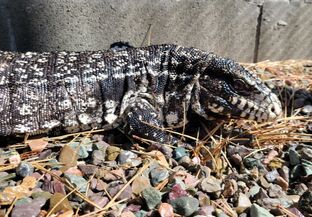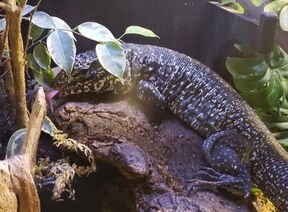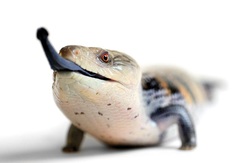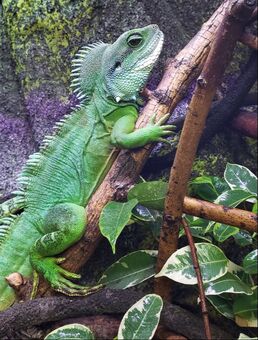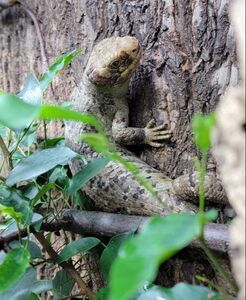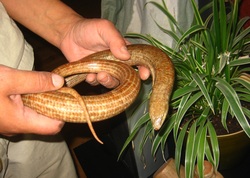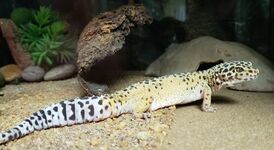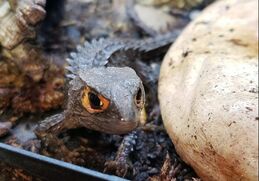The term lizard refers to a widespread group of reptiles. The difference between a lizard and a snake? Most people would say legs. But there are lizards without legs. The real answer is external ears and eyelids. Lizards have external ears that are not covered by skin. They also have eyelids that they can close voluntarily. Lizards can be as small as a pygmy chameleon and as large as a komodo dragon. Click on their picture to see their biography.
